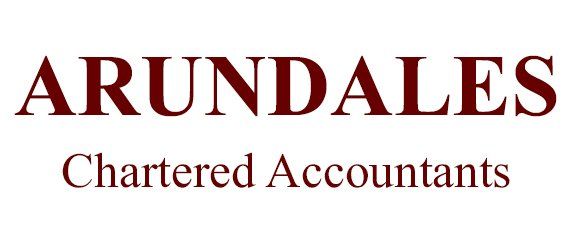SDLT: WHAT MAKES A PROPERTY UNINHABITABLE?
HMRC has recently turned down a high number of claims for Stamp Duty Land Tax (SDLT) refunds. The claims were made on the grounds that a property in need of repair was unsuitable for use as a dwelling.
In HMRC’s opinion, more than 95% of such claims are wrong. HMRC has highlighted where it thinks the bar really is, and has warned taxpayers not to be misled by repayment agents offering to put in refund claims.
Small minority only
HMRC’s view is that only a small minority of properties are likely to be considered ‘not suitable’. These are essentially properties with structural problems so serious that they are dangerous to live in or work on. Uninhabitable doesn’t mean property in need of repair or renovation. A recent decision at the Upper Tier Tax Tribunal underlined the fact that:
- being suitable for use as a dwelling isn’t the same as being ready for immediate occupation
- it’s important to assess to what extent the building has the fundamental characteristics of a dwelling, and is structurally sound
- whether a property has been used as a dwelling previously will be relevant to considering whether it is suitable for use as a dwelling
- the question to consider is whether the works of repair and renovation needed mean that the building no longer has the characteristics of a dwelling.
Making it concrete
In HMRC’s view, the following do not make a property unsuitable for use as a dwelling:
- temporary removal of bathroom or kitchen facilities before sale
- substantial repairs needed to windows, floors or roofs
- replacement boiler and pipework
- unsafe electrical wiring
- the need to switch services back on
- infestation by pests
- the need for damp proofing or damage to plasterboard
- flood damage.
The basics
SDLT is paid on the purchase of property over a certain price in England and Northern Ireland. For residential properties, it starts to apply at £250,000: £425,000 for first-time buyers purchasing a residential property worth £625,000 or less: and £150,000 for non-residential land and properties.
Thresholds for residential property fall from 1 April 2025. They become £125,000 for residential properties; and £300,000 for first-time buyers purchasing a property worth £500,000 or less.
A higher 5% rate applies from 31 October 2024 on the purchase of additional properties; and different rules apply again if you are not UK resident. Scotland and Wales have different regimes.
We can help
There can indeed be occasions where a purchase is eligible for a refund of SDLT, although there is always small print to watch. If, for example, you buy an ‘additional’ property before selling what was previously your main residence, it may be possible to apply for a refund for this higher rate of SDLT. Do please contact us for further information.
Contact Us
We will get back to you as soon as possible.
Please try again later.



